"Every once in a while, a revolutionary product comes along and changes everything."
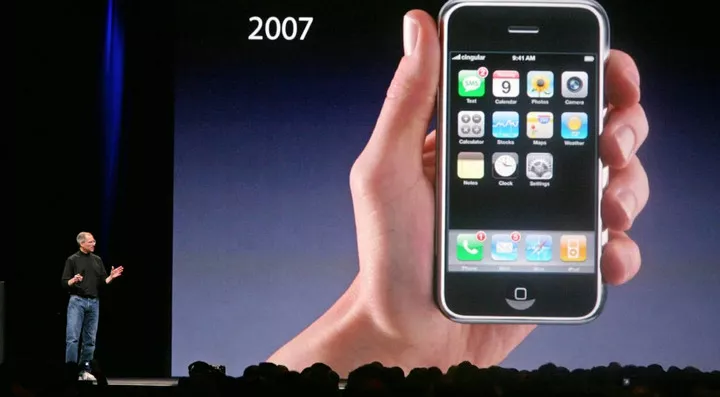
That was Steve Jobs' opening statement at the 2007 event, and the revolutionary product he was talking about was the iPhone.
There's no denying that the iPhone was not the world's first "smartphone" to hit the market, but it was a product that was revolutionary enough to turn people's perceptions upside down.
During a press Q&A session at the iPhone 4 launch three years later, Steve Jobs called the competitor's big-screen phones like "Hummers" and said you couldn't operate them with one hand and "no one would buy that.
The fundamental reason for choosing a 3.5-inch screen for iPhone is still based on the maximum range that a single finger can control. Simply put, 3.5 inches is the "golden size" for one-handed control.
The smartphone screen keeps changing
Looking back at the history of smartphones, one has to admit that the iPhone came along and completely turned people's perceptions upside down.
Prior to that, the smartphone market was pretty much split between Nokia, Blackberry, Motorola and Palm.

At the time, their phones were basically a rectangular box with a screen in the top half and buttons in the bottom half.
And, at that time, people had already decided that this is what the phone was like, and that one-way access to information from the screen and input on the keyboard was the way people were used to interacting.
The iPhone was officially released in January 2007 with no physical keyboard and everything based on screen interaction.

People can flip through photos like a book, pinch and close pictures with their fingers to shrink them, and tap on avatars to make calls directly.
Likewise, one does not need to remember complicated shortcut buttons and specific steps to operate the device, but simply use one's fingers to operate it intuitively.
It was around this time that smartphones made their first leap in screen size, squeezing out the space where the keyboard used to be and expanding the screen to 3.5 inches.
With the expansion of screens and the development of mobile networks, the information exchanged was gradually converted from a single text to streaming media.
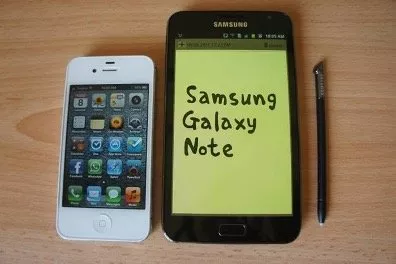
▲ iPhone 4s and Samsung Galaxy Note
Samsung was also keenly aware of the change in information carriers and launched the Galaxy Note series with a larger screen size, spanning both the Phone and Tablet categories.
The Samsung Galaxy Note series was a hit, and sparked the big-screening of Android and the subsequent big-screen dual-phone strategy for the iPhone that continues to this day.
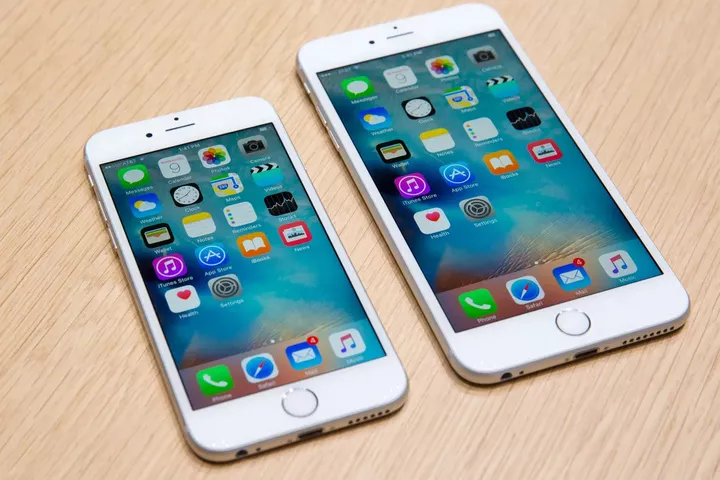
The explosion of full-screen technology in recent years has also allowed for a higher screen-to-body ratio and more visually stunning smartphones of the same size.
The reason for using 'screen-to-body ratio' instead of screen size is that 'full-screening' makes the screen bigger just by eating up the area of the original top and bottom bezels, rather than being an 'upgrade' in screen size.
The size and shape of the body has changed very little compared to the screen technology, and arguably one of the reasons that limits screen upgrades is the stagnation in the physical shape of the body.
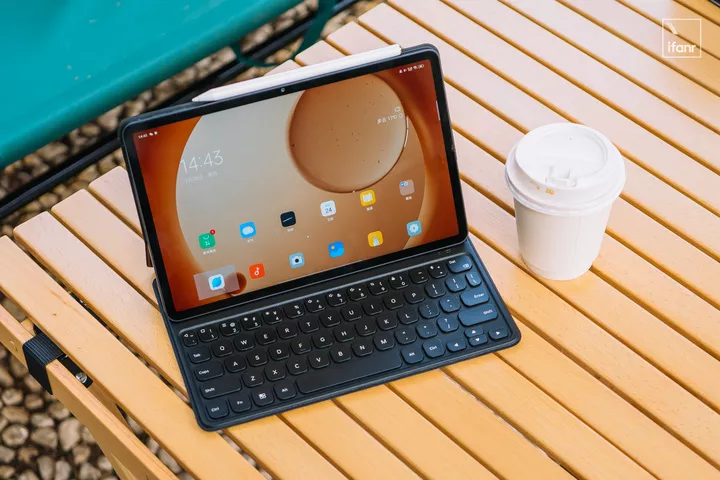
At the same time, with the spread of 4G and 5G networks, the concept of a smartphone is no longer limited to a small box that can make phone calls, but extends to a smart device that can be "taken out", which can be a smartphone or a tablet.
It seems that the demand for larger screens has tiered over the trend of receiving calls, and even the concept of 'golden size' has been left behind for the sake of a larger screen.
Big screen and one-handed operation, can't you have both fish and bear?
Ideals and reality are always a pair of spears and shields, and the same is true for straight phones, which are still pinned down by their physical size even as they enter the 'full-screen' era and increase their screen size to 6.7 inches.
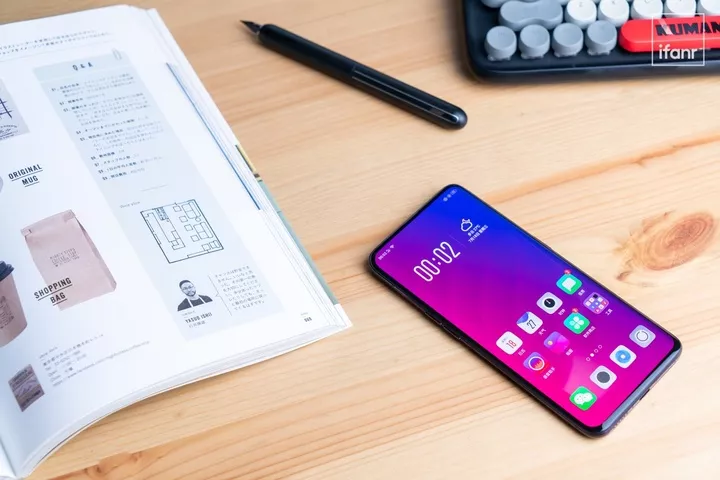
▲ OPPO Find X
The reason for this can be attributed to the fact that the eyes and the hands are a contradiction in terms, the eyes always aspire to infinity, while the palms do not want to bear too much pressure.
Smart devices with super large screens are just one solution, but not the optimal one. It seems that the mature 'straight screen' has limited people's 'imagination'.
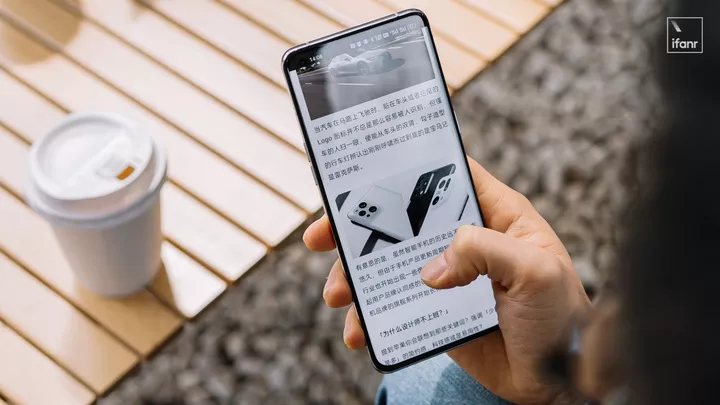
The folding screen was created to neutralize the need for both. But it was initially a simple one plus one, combining a phone with a tablet to give more possibilities with the folding form factor.
But such a product is only a reduction in size, weight, software ecology, one-handed control degree is also simply stacked, as if the "folding screen" is only for "taste" born, not yet to the "common" state.
After a few years of observation and thinking about folding forms, OPPO has introduced the Find N, a unique size folding screen.
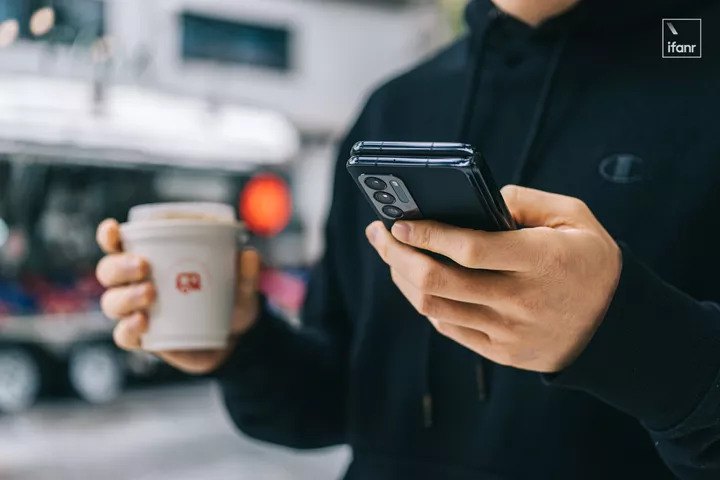
It's no less a 'curiosity' than the appearance of the iPhone and Galaxy Note brought to people.
Under the trend of large screens, OPPO did not follow the trend to launch the screen size full of folding screen, but the opposite way to do a small folding screen, but also put forward the concept of folding screen "golden size".
The small size gives a great feel, both in the unfolded large screen and the folded small screen form, giving a sense of subtlety, so large that it's not as big as a tablet when unfolded or as long as a remote when closed.
The palm friendly nature of the Find N is obviously higher than many regular sized products, and with the unique size of the form, OPPO has also made a lot of optimizations and innovations at the ColorOS level to make the Find N not just a "taster" but a "go-to" product.
Six months later, the Find N's 'folding' experience is still a memorable one
The larger screen size is arguably a leap forward in mobile network technology, creating the conditions for richer information and more diverse needs.
Compared to the traditional form of straight panel, the folding screen has two different sizes of screen, which naturally leads to more levels of interactive experience.
It can be a smartphone plus a tablet, or a new category with a multi-dimensional interactive experience.
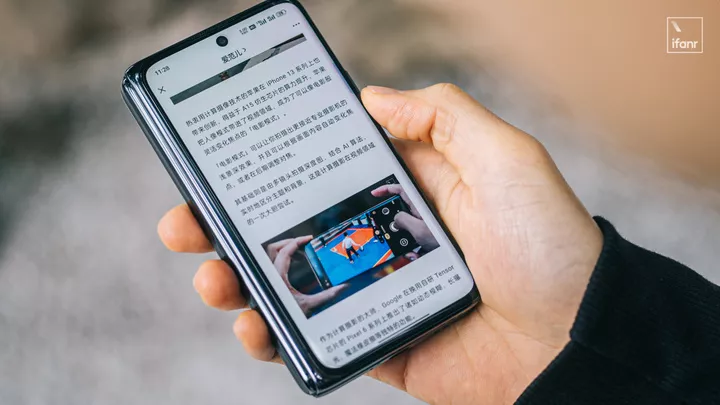
The Find N, when folded, has a compact size that increases the willingness to carry it around and reduces the anxiety of how to store a large-screened product portably and how to control it with one hand.
When unfolded, the large 7.1-inch screen also looks like a tablet device, and with the large and small screen connections, you can seamlessly connect between the large and small screens without rotating when unfolded.
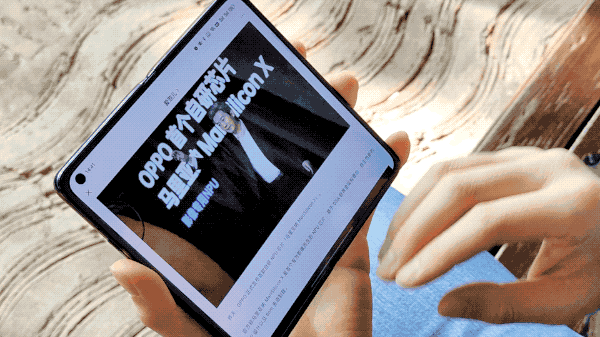
In addition, with the two-finger subdivision of the screen, the ratio of the two screens is exactly the same as the front screen. With the App as the view, the dual screens can also be counted as three small screens.
In either state, the Find N utilizes the screen more than a traditional-sized folding screen product.
The 'two-finger swipe' gesture aside, the Find N also offers some intuitive gestures for window switching, window repositioning, etc.

As if you were flipping through photos like a book on an iPhone, intuitive gestures are so low barrier to learning that it's like they're engraved in your DNA, right out of the box.
The Find N is more of an icing on the cake based on the synergy between large and small screens, but the multi-dimensional experience that comes with the folding mechanism is a real interaction innovation.
If there is no unique innovation in system interaction, it is easy to get into a "doubt" about the folding screen, why do I need two screens.
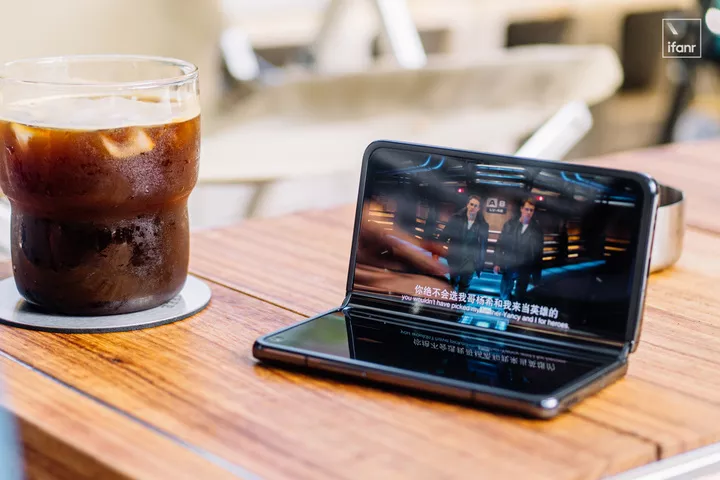
The flow between large and small screens, to intuitive split-screen operations, these are one answer to the necessity of two screens. And the other answer, given by Find N, is 'hover'.
Thanks to OPPO's tuning of the mechanical hinge, the Find N hovers freely between 50° and 120° between opening and closing.
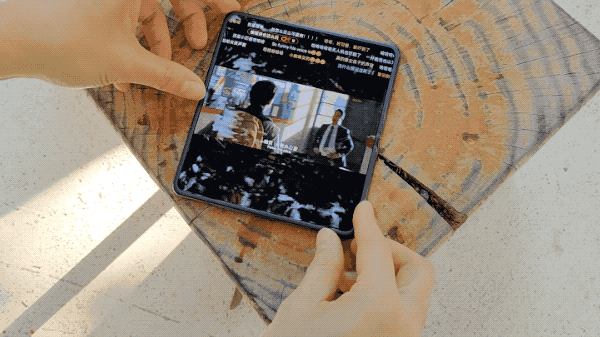
Together with the ColorOS software, Find N can bring a spatial multi-dimensional interaction in hover.
Hover can bring a very different experience in different scenarios such as video and audio, video calls, meetings, fitness, and photography. And it frees up hands so that the smartphone is no longer an 'organ' attached to the body, but closer to a personal computing center.
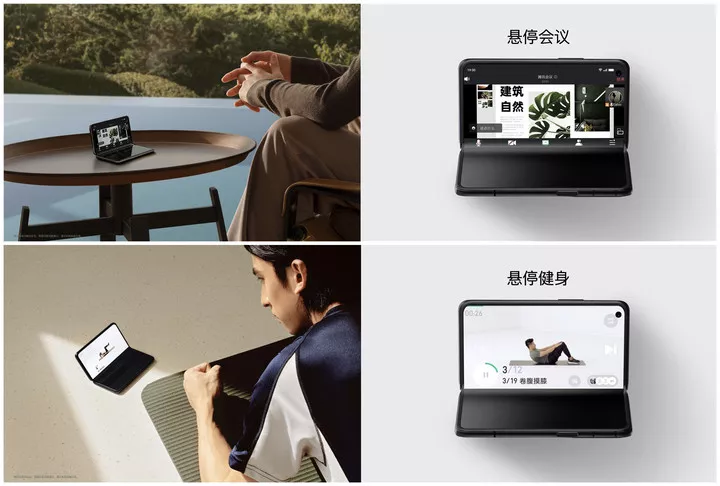
People's desire for a large screen has prompted the rapid conversion of the folding form into a consumer electronics product, and OPPO Find N maintains a lot of thought and innovation amidst the wave of folding forms, introducing multi-dimensional usage and experience amidst this common sense size.
After most of the year, the OPPO Find N ranks first in the first half of Jingdong 2022 in folding screen sales. the OPPO Find N does not rely on novelty to win the market, but has withstood the test of both time and market dimensions through its unique size and the practicality that comes with a multi-dimensional experience.